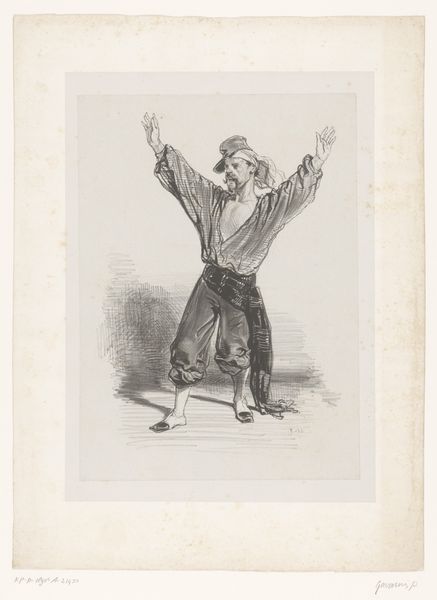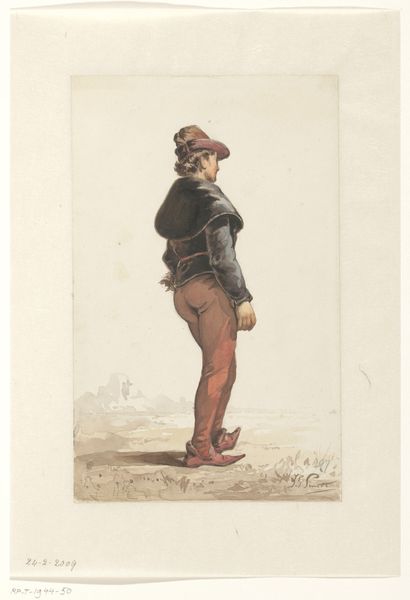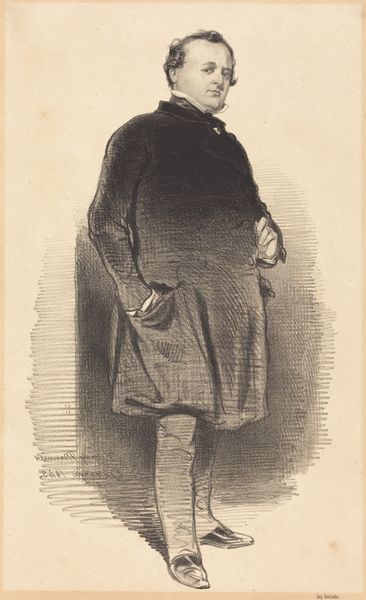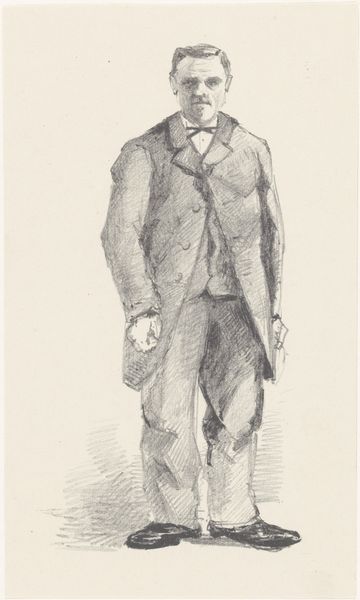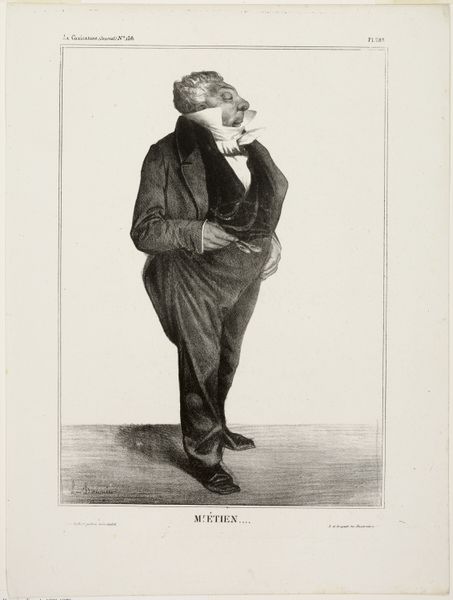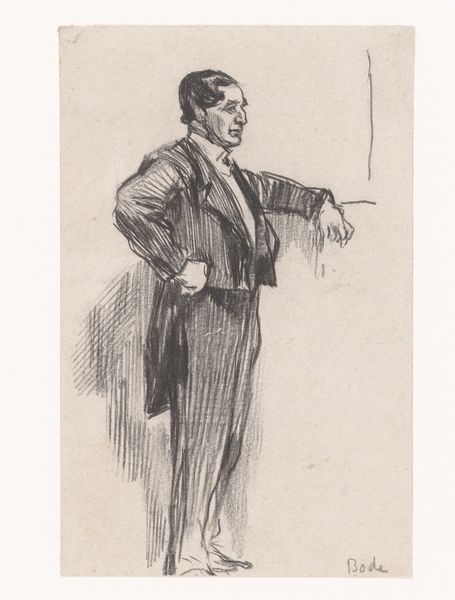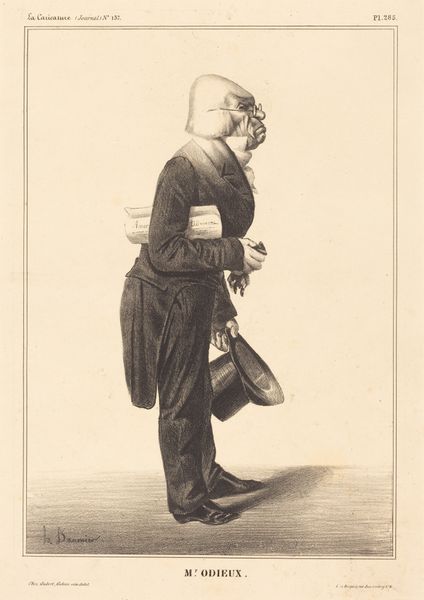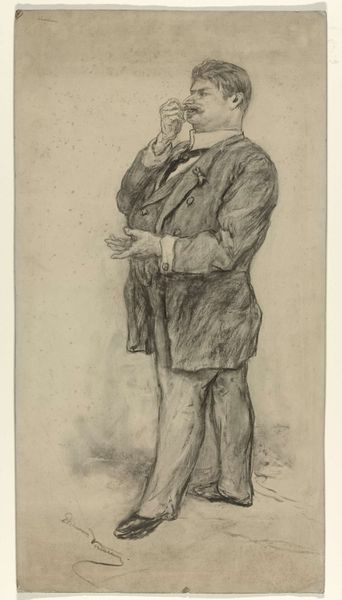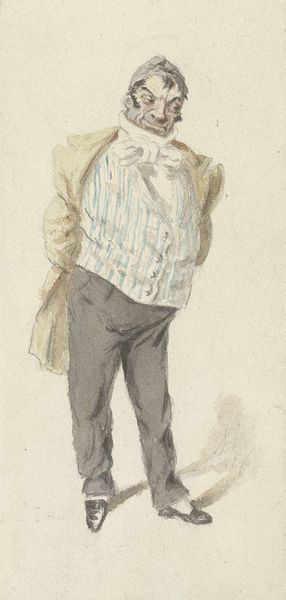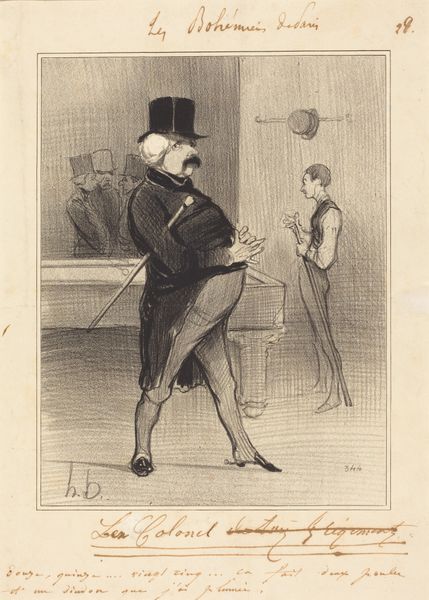
drawing, print, pencil
#
drawing
# print
#
caricature
#
caricature
#
pencil drawing
#
romanticism
#
pencil
#
genre-painting
Copyright: National Gallery of Art: CC0 1.0
Editor: Here we have Honoré Daumier’s "Amiral Verhuel," a pencil drawing and print from 1835. The exaggerated features immediately strike me – there’s almost something grotesque about the figure's bowed posture. What do you see in this piece beyond the immediate caricature? Curator: Daumier wasn't merely mocking individuals. He was dissecting the power structures of 19th-century France. Consider the subject: a high-ranking admiral. Daumier highlights the physical awkwardness, perhaps hinting at a disconnect between the admiral's perceived authority and his actual capability. How does this reading change when we think about class dynamics? Editor: So you're saying it’s less about ridiculing the person and more about critiquing the system that put him in that position? The print medium would also suggest this art was intended for wide circulation? Curator: Precisely. Daumier, working during a time of social upheaval and burgeoning political satire, uses caricature as a form of resistance. Think of the implications: readily reproducible prints allowed for widespread dissemination of critical perspectives. It challenges us to examine how art can participate in social discourse and even contribute to shaping public opinion. Do you notice the dark shadows? Where is the light coming from? How does this all come together to influence our reading of this admiral? Editor: The sharp contrast and strong lines certainly contribute to the caricature’s biting quality. Knowing Daumier's intention gives the work a much sharper political edge than I initially perceived. Curator: Exactly. By situating this piece within its historical and social context, we unveil the complexities of its message and appreciate its power as a tool for social commentary. It forces us to question whose stories are being told and who gets to tell them. Editor: I'll definitely look at 19th-century art differently now. I'll be trying to uncover who and what the artwork resists, and how that message might relate to issues still present today.
Comments
No comments
Be the first to comment and join the conversation on the ultimate creative platform.
